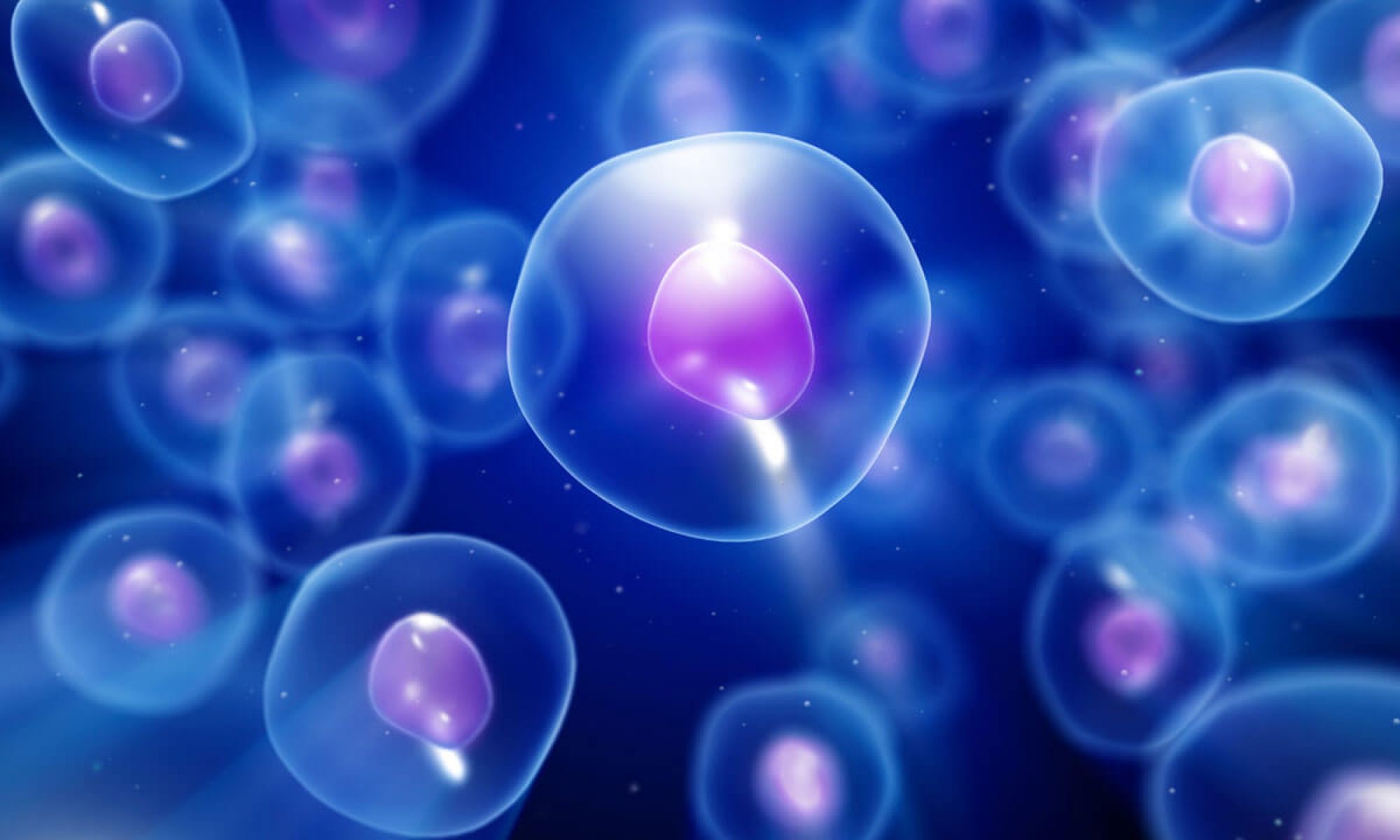Embryonic stem cells, as their name suggests, are derived from embryos. Most embryonic stem cells are derived from embryos that develop from eggs that have been fertilized in vitro—in an in vitro fertilization clinic—and then donated for research purposes with informed consent of the donors. They are not derived from eggs fertilized in a woman’s body.
The embryos from which human embryonic stem cells are derived are typically four or five days old and are a hollow microscopic ball of cells called the blastocyst.
The blastocyst includes three structures: the trophoblast, which is the layer of cells that surrounds the blastocoel, a hollow cavity inside the blastocyst; and the inner cell mass, which is a group of cells at one end of the blastocoel that develop into the embryo proper.
How are embryonic stem cells grown in the laboratory?
Growing cells in the laboratory is known as cell culture. Human embryonic stem cells are isolated by transferring the inner cell mass into a plastic laboratory culture dish that contains a nutrient broth known as culture medium. The cells divide and spread over the surface of the dish.
The inner surface of the culture dish is typically coated with mouse embryonic skin cells that have been treated so they will not divide. This coating layer of cells is called a feeder layer. The mouse cells in the bottom of the culture dish provide the inner cell mass cells a sticky surface to which they can attach. Also, the feeder cells release nutrients into the culture medium.
Researchers have devised ways to grow embryonic stem cells without mouse feeder cells. This is a significant scientific advance because of the risk that viruses or other macromolecules in the mouse cells may be transmitted to the human cells. The process of generating an embryonic stem cell line is somewhat inefficient, so lines are not produced each time an inner cell mass is placed into a culture dish. However, if the plated inner cell mass cells survive, divide and multiply enough to crowd the dish, they are removed gently and plated into several fresh culture dishes. The process of re-plating or subculturing the cells is repeated many times and for many months. Each cycle of subculturing the cells is referred to as a passage.
Once the cell line is established, the original cells yield millions of embryonic stem cells. Embryonic stem cells that have proliferated in cell culture for six or more months without differentiating, are pluripotent, and appear genetically normal are referred to as an embryonic stem cell line. At any stage in the process, batches of cells can be frozen and shipped to other laboratories for further culture and experimentation.
What laboratory tests are used to identify embryonic stem cells?
At various points during the process of generating embryonic stem cell lines, scientists test the cells to see whether they exhibit the fundamental properties that make them embryonic stem cells. This process is called characterization.
Scientists who study human embryonic stem cells have not yet agreed on a standard battery of tests that measure the cells’ fundamental properties. However, laboratories that grow human embryonic stem cell lines use several kinds of tests, including:
* Growing and subculturing the stem cells for many months. This ensures that the cells are capable of long-term growth and self-renewal. Scientists inspect the cultures through a microscope to see that the cells look healthy and remain undifferentiated.
* Using specific techniques to determine the presence of transcription factors that are typically produced by undifferentiated cells. Two of the most important transcription factors are Nanog and Oct4. Transcription factors help turn genes on and off at the right time, which is an important part of the processes of cell differentiation and embryonic development. In this case, both Oct 4 and Nanog are associated with maintaining the stem cells in an undifferentiated state, capable of self-renewal.
* Using specific techniques to determine the presence of paricular cell surface markers that are typically produced by undifferentiated cells.
* Examining the chromosomes under a microscope. This is a method to assess whether the chromosomes are damaged or if the number of chromosomes has changed. It does not detect genetic mutations in the cells.
* Determining whether the cells can be re-grown, or subcultured, after freezing, thawing, and re-plating.
* Testing whether the human embryonic stem cells are pluripotent by 1) allowing the cells to differentiate spontaneously in cell culture; 2) manipulating the cells so they will differentiate to form cells characteristic of the three germ layers; or 3) injecting the cells into a mouse with a suppressed immune system to test for the formation of a benign tumor called a teratoma. Since the mouse’s immune system is suppressed, the injected human stem cells are not rejected by the mouse immune system and scientists can observe growth and differentiation of the human stem cells. Teratomas typically contain a mixture of many differentiated or partly differentiated cell types—an indication that the embryonic stem cells are capable of differentiating into multiple cell types.
